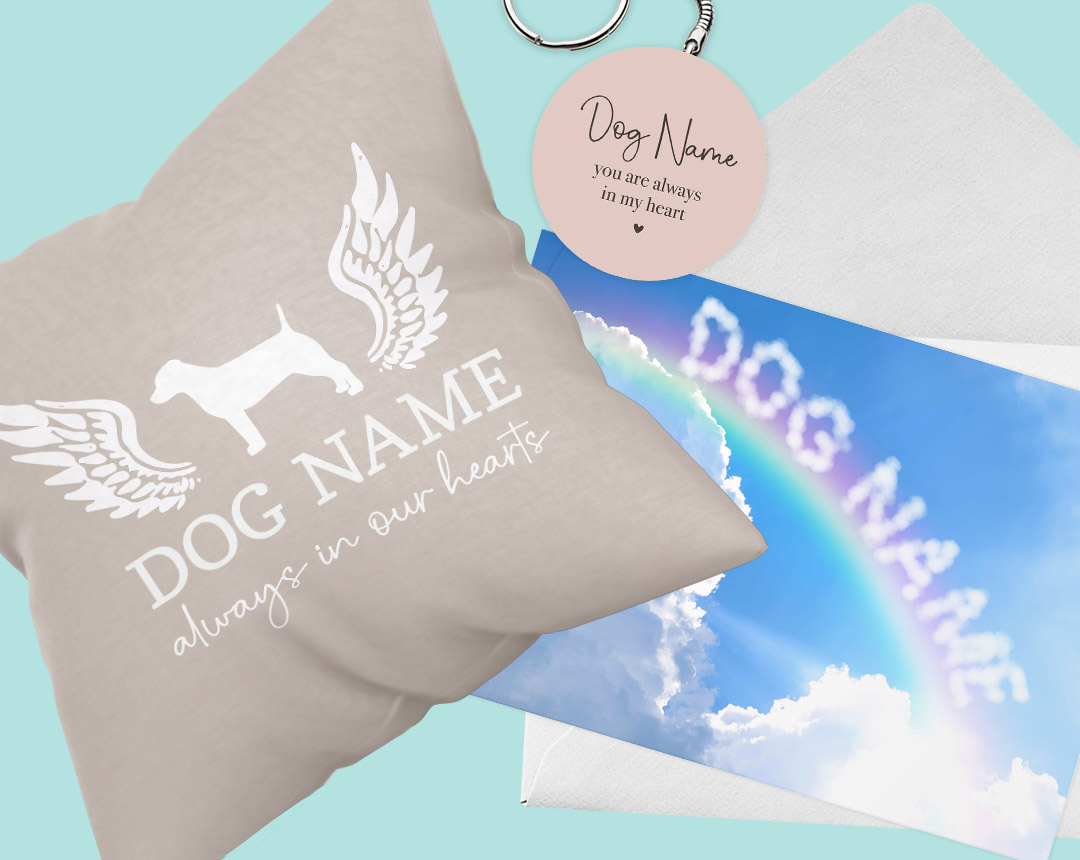The Pug Shop
Pug Breed Summary
Sweet, Docile, Humorous and Affectionate
This breed may be small but is definitely mighty! Especially considering that they originated in China, as far back as 206 A.D., living in luxury accommodation (sometimes even guarded by soldiers!). It's also thought that the wrinkles on their cute faces bought good luck in the Chinese language! During the 1500s and very early 1600s, these pooches were bought to Europe via Dutch Traders, under the name 'Mopshond', which is still used to this day. They quickly became favorites of a variety of Royal families in Europe, in particular in Holland, where the Pug became the official dog of the royal family! They became increasingly popular during the reign of Queen Victoria and were often featured in paintings and postcards. The word 'Pug' is actually Latin for 'fist' and it's thought this name came about due to this breeds face resembling a human fist!
| Kennel Club Group | Toy |
| Lifespan | 12-15 years |
| Height (at the withers) | Males and Females 10in - 13in |
| Weight | Males and Females 14lb - 18lb |
| Coat | Short, Soft, Smooth and Glossy |
| Color | Silver, Apricot, Fawn or Black. All colors should have Black Muzzles, Masks, Ears, and Facial Spots |
| Eye color | Brown |
| Common health issues | Breathing Problems; Eye Prolapse; Skin Infections; Hip Dysplasia |
| Other Names | Chinese Pug; Dutch Bulldog; Dutch Mastiff; Mini Mastiff; Mops; Carlin |
Known as 'the clowns of the Canine World', this breed is well-known for its humorous and comical nature. They love to show off and were originally bred to be lap dogs, thus they love to be with us 'hoomans'. Without enough human attention, they are prone to feeling at a loss, and becoming depressed, so it's vital you have enough time for your little guy! One issue with these little guys is that they are very headstrong, making training a little more difficult than with other dogs. But if you do manage to get them well-trained and socialized, they will also get on well with other animals and children. They also make an excellent pet for someone living in an apartment, due to their small size and docile lifestyle. Just make sure to keep an extra eye on them when it gets very hot or cold as this weather doesn't fit well with their flat faces, and they should be kept inside at all costs.
The Pug's career as citizen of the world began sometime in the 1500s, when Dutch traders returned to Europe with specimens of the breed. Legend holds that the Pug became the mascot of Holland's royal House of Orange when a Pug save the life of the Prince of Orange by barking to warn the prince of an attack on his camp by Spanish troops. When William and Mary of Orange arrived in England to assume the monarchy, their Pugs accompanied them and began a craze for the breed among the British.
The worldwide fascination with Pugs can be gauged by how many names the breed has had in various eras and places: Lo-sze (China), Mopsi (Finland), Doguillo (Spain) are just a few. Among the Dutch, still closely associated with Pugs, they are known as Mophonds.
Theories abound as to the origin of the name Pug. One suggests that Pug is based on the Latin word “pugnus,” meaning “fist”—the idea being that the dog's face resembles a clenched fist.




















